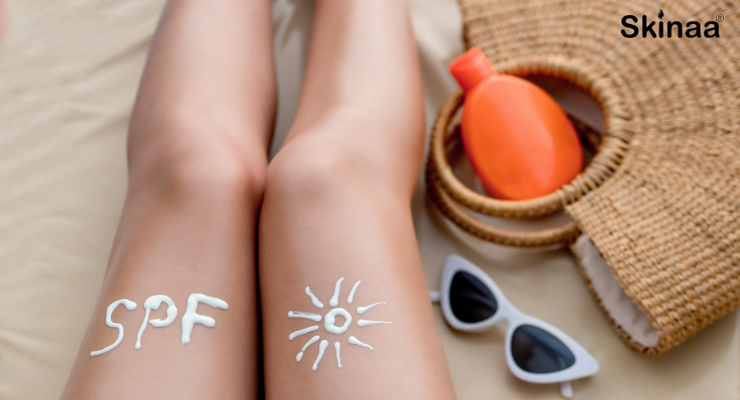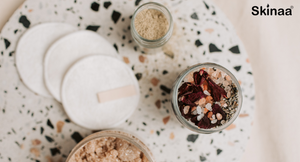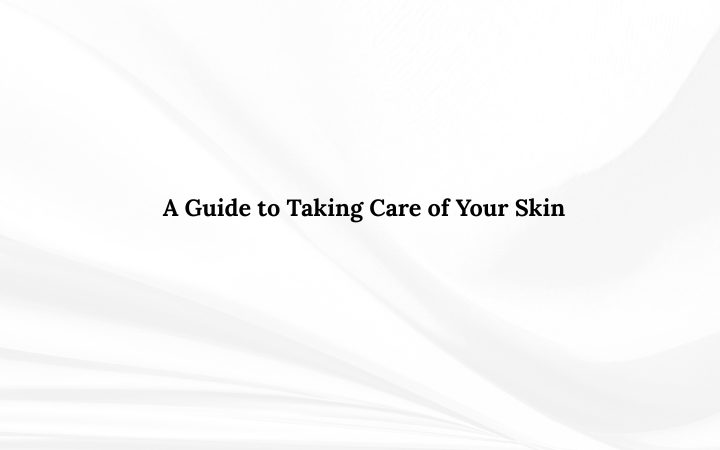Sunscreen is often seen as a summer essential, but its benefits extend far beyond beach days and sunny vacations. The truth is, sunscreen is a skincare must-have for every season, offering year-round protection against harmful ultraviolet (UV) rays. From preventing premature aging to reducing the risk of skin cancer, the power of SPF goes beyond shielding your skin from sunburn. In this article, we’ll explore how sunscreen protects your skin and why it should be part of your daily routine—regardless of the weather.
What is SPF and How Does it Work?
SPF, or Sun Protection Factor, measures a sunscreen’s ability to protect your skin from UVB rays, which are the main cause of sunburn and play a role in developing skin cancer. The number you see on sunscreen labels (e.g., SPF 30) indicates how long the sunscreen will protect your skin from burning compared to if you weren’t wearing it. For example, if your skin normally starts to burn after 10 minutes in the sun, SPF 30 would theoretically protect you for 30 times longer (or 300 minutes).
However, it’s important to note that SPF mainly measures protection against UVB rays, while broad-spectrum sunscreens protect against both UVB and UVA rays. UVA rays penetrate deeper into the skin, contributing to premature aging, wrinkles, and an increased risk of skin cancer.
Why You Need Sunscreen Year-Round
Sunscreen isn’t just for sunny, summer days. UV rays are present year-round, and even on cloudy or cold days, they can penetrate your skin and cause damage. Here’s why sunscreen should be a staple in your skincare routine no matter the season:
-
UV Rays Are Always Present
- UV rays can penetrate through clouds and even windows, meaning your skin is exposed to them whether you’re outside on a cloudy day or sitting by a window indoors. Up to 80% of UV rays can pass through clouds, so overcast skies don’t give you a free pass to skip sunscreen.
-
Prevent Premature Aging
- UV exposure is one of the leading causes of premature aging. UVA rays break down collagen and elastin in your skin, leading to wrinkles, fine lines, and sagging. Daily use of sunscreen helps preserve your skin’s youthful elasticity and prevent sun-induced aging over time.
-
Protect Against Hyperpigmentation
- Sun exposure can trigger hyperpigmentation, including dark spots, melasma, and post-acne marks. Sunscreen helps prevent these pigmentations from worsening, keeping your complexion even and radiant.
-
Reduce the Risk of Skin Cancer
- Skin cancer is the most common form of cancer, and regular use of sunscreen significantly lowers your risk. Both UVA and UVB rays contribute to skin cancer development, so wearing broad-spectrum sunscreen year-round is a crucial preventative measure.
-
Snow Reflects UV Rays
- In winter months, snow can reflect up to 80% of UV rays, increasing your sun exposure. If you’re hitting the slopes or spending time outdoors in the snow, your skin is at even greater risk for sun damage, making sunscreen a winter necessity.
-
High Altitudes Amplify UV Exposure
- If you’re hiking or skiing in high-altitude areas, your skin is more exposed to UV radiation. UV rays are stronger at higher elevations, so sunscreen is even more important when you’re outdoors in the mountains.
How to Choose the Right Sunscreen
Choosing the right sunscreen can make a big difference in how well it protects your skin. Here are some key factors to consider:
-
Look for Broad-Spectrum Protection
- Always choose a sunscreen labeled as broad-spectrum, which means it protects against both UVA and UVB rays. This ensures comprehensive protection against sunburn, skin aging, and skin cancer.
-
Choose the Right SPF Level
- While SPF 15 provides some protection, dermatologists recommend using a sunscreen with at least SPF 30 for daily use. For extended outdoor activities or if you have fair or sensitive skin, SPF 50 or higher is ideal.
-
Opt for Water-Resistant Formulas
- If you’re swimming or sweating, a water-resistant sunscreen is essential. Keep in mind that “water-resistant” doesn’t mean waterproof, so you’ll need to reapply every 40 to 80 minutes as indicated on the label.
-
Consider Your Skin Type
- If you have oily or acne-prone skin, look for lightweight, oil-free sunscreens that won’t clog pores. If you have dry or sensitive skin, opt for sunscreens with added hydrating ingredients like hyaluronic acid or aloe vera, and avoid formulas with fragrances or harsh chemicals.
-
Don’t Forget Mineral Options
- Mineral sunscreens, containing ingredients like zinc oxide or titanium dioxide, are great options for those with sensitive skin. These ingredients physically block UV rays rather than absorbing them, making mineral sunscreens less irritating for some people.
How and When to Apply Sunscreen
Applying sunscreen correctly is key to ensuring you’re getting full protection. Follow these tips to maximize the benefits:
-
Apply Enough Sunscreen
- Most people don’t apply enough sunscreen to get the full SPF protection listed on the bottle. As a general rule, you should use about a nickel-sized amount for your face and about one ounce (a shot glass full) for your entire body.
-
Apply 15-30 Minutes Before Sun Exposure
- Sunscreen needs time to absorb into your skin, so apply it at least 15 to 30 minutes before heading outdoors.
-
Reapply Every Two Hours
- Sunscreen wears off over time, especially if you’re sweating or swimming. Reapply sunscreen every two hours, or more frequently if you’re in the water.
-
Don’t Forget Commonly Missed Areas
- People often miss areas like the ears, neck, and back of the hands when applying sunscreen. Be sure to cover all exposed skin, and don’t forget about your lips—use a lip balm with SPF for protection.
-
Layer with Other Skincare Products
- Apply sunscreen as the final step in your skincare routine, after moisturizer and serums. If you’re using makeup, many foundations and powders now come with SPF, but these should be seen as a supplement to your sunscreen, not a replacement.
The Role of Sunscreen in a Complete Skincare Routine
While sunscreen is a powerful tool in protecting your skin, it’s most effective when combined with other skincare practices. Here are a few additional tips to enhance your sun protection efforts:
- Wear Protective Clothing: Hats, sunglasses, and long sleeves provide an extra layer of protection from UV rays.
- Seek Shade: Whenever possible, stay in the shade during peak sun hours (10 AM to 4 PM) when UV rays are strongest.
- Use Antioxidants: Layer your sunscreen with serums containing antioxidants like vitamin C, which helps neutralize free radicals and boosts the skin’s defense against sun damage.
Sunscreen is more than just a summer skincare staple—it’s a year-round essential for protecting your skin from sun damage, aging, and skin cancer. With the right SPF and consistent application, you can enjoy healthier, more radiant skin no matter the season. Incorporate sunscreen into your daily routine and reap the long-term benefits of smoother, younger-looking, and well-protected skin.









